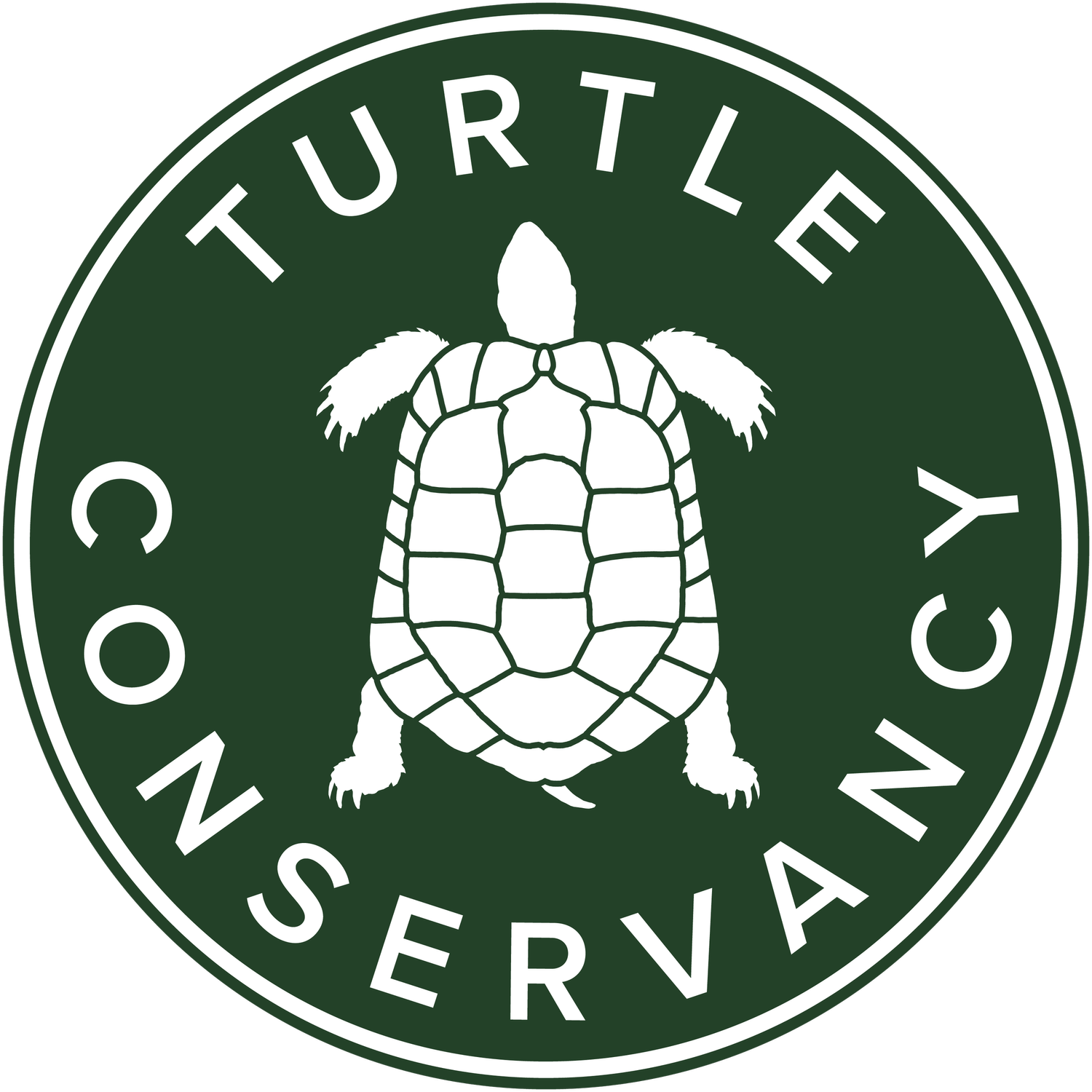Photo by Nathanael Stanek
The Bog Turtle (Glyptemys muhlenbergii) is a small species of turtle native to the Eastern United States. It is considered to be one of the smallest turtle species on Earth, rarely weighing more than 110 grams as a full-grown adult. Despite their name, they live in a very unique habitat known as a fen—not a bog as it turns out—a wetland fed by mineral-rich surface or groundwater and characterized by an assembly of grasses, sedges, and mosses. They have drab, brown shells (making for great camouflage among the peat-rich mud) occasionally with subtle orange radiating patterns on the scutes, and a black or brown underside with intermittent yellow-to-orange markings. The skin bears similar coloration but the head is distinguishable by two bright yellow-orange spots on each side of their head.
In the spring, they emerge from their muddy tunnels among the roots to forage, bask, and mate throughout the fen’s thick tussocks of sedges/grasses and clumps sphagnum moss. Perhaps the most unique behavior is their choice of nesting site. Unlike other turtles, females do not lay eggs in a sandy or soil substrate, but rather choose to build nests in clumps of vegetation around June/July. Therefore, the species is highly dependent on this specific assembly of vegetation. Typically, a female bog turtle’s clutch size will range from one to five eggs. From September to April, the turtles usually hibernate in small groups deep under the mud and cave-like structures created by the plants. Bog turtles are omnivorous, with a diet consisting of aquatic plants, small berries, and fruits, as well as invertebrates such as slugs, snails, worms, and small insects. The bog turtle ranges along the Appalachians in disjunct populations from North Georgia up to Lake Ontario in New York State.
Unfortunately, because of their unique characteristics, bog turtles are sought out in the illegal pet trade. An adult bog turtle is worth a few thousand dollars on the black market. Because of habitat loss and poaching for the pet trade, they are considered Critically Endangered by the IUCN. Due to human activities, their population size has decreased by at least 50% in the past 30 years. In fact, the primary threat to the bog turtle is habitat loss and destruction. The fen is a very sensitive ecosystem threatened by habitat conversion/oss due to human development involving the draining and filling of wetlands. Human encroachment also leads to the spread of invasive plants and the subsidization generalist predators like raccoons that prey upon the turtles. When females are laying just a few eggs per year, factors like these can quickly decimate populations. On a positive note, the bog turtle is strictly protected under the United States Federal Endangered Species Act and has been considered as threatened by many states, including New Jersey, Connecticut and New York, since 1997.
Many studies have been performed to find the best conservation strategies for bog turtles. Radio telemetry has been used to follow released animals that were bred in captivity and to further collect data on the bog turtle’s natural history and survival following release. This technique (known as head-starting) along with habitat restoration methods have been found to be the best way to pursue the conservation efforts for this threatened little turtle.

